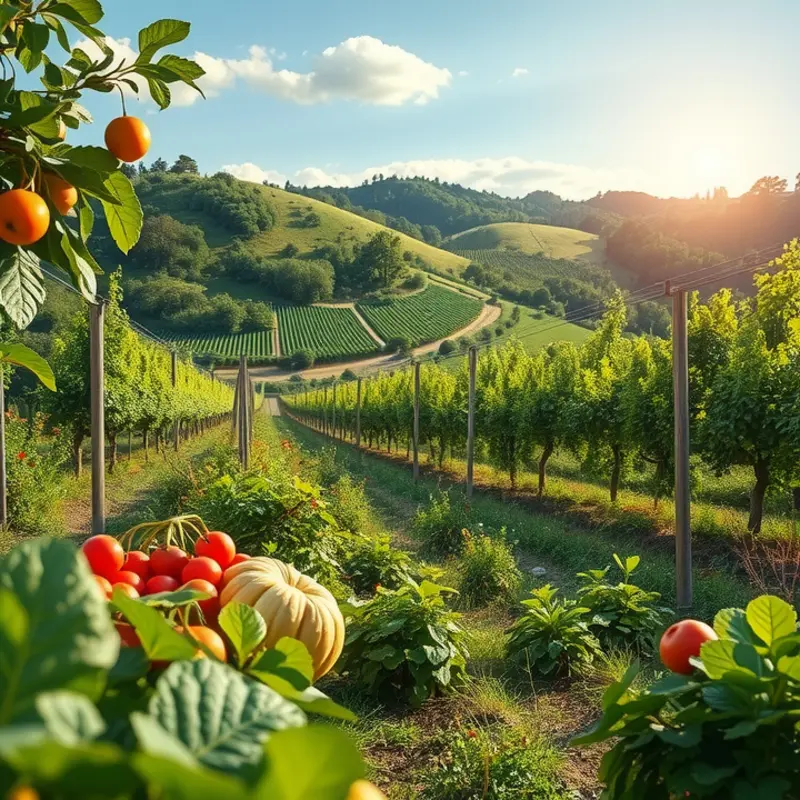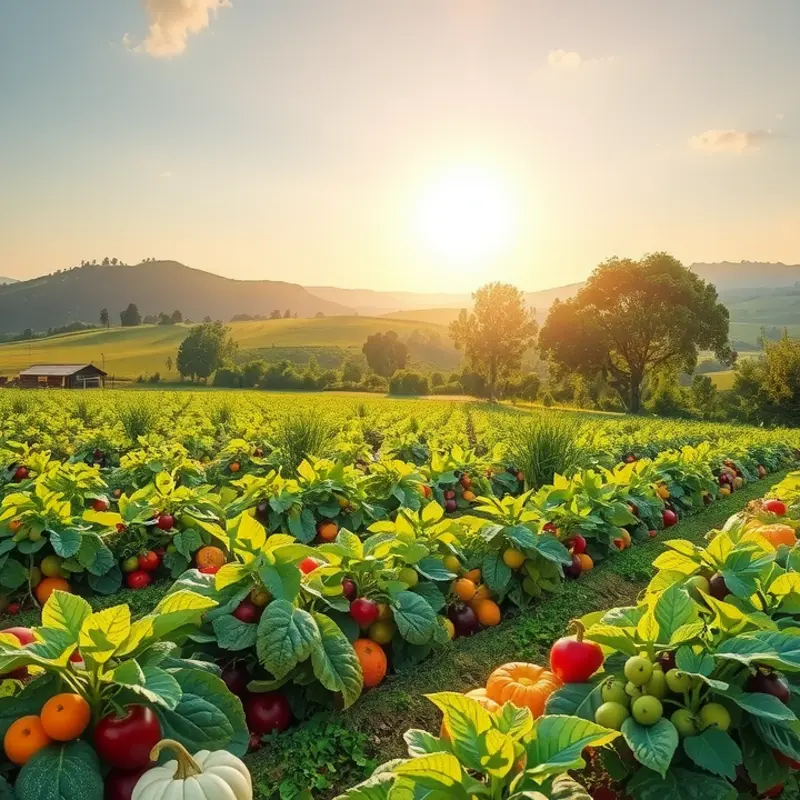Leftovers need not be relegated to the back of the fridge. Instead, with a sprinkle of creativity, they can be transformed into delightful new meals or clever snacks. This guide explores innovative strategies for safely storing food, reducing waste, and managing meals more effectively at home. By implementing these ideas, you can cultivate a kitchen environment that values every bit of food, ensuring that your culinary creations keep giving long after the first meal.
Savory Solutions: Repurposing Leftovers in Delicious Meals

Leftovers often languish in the refrigerator, overlooked and eventually discarded. Yet, these remnants hold the potential for culinary creativity, transforming into delectable dishes that are both resourceful and satisfying. Turning last night’s dinner into today’s lunch is not just about reheating. It’s about reimagining.
A simple casserole can breathe new life into leftover cooked meats, vegetables, and grains. Begin by identifying compatible flavors and textures. Combine leftover roast chicken with cooked rice, assorted vegetables, and a creamy sauce. Top with breadcrumbs for a crunchy finish after baking. This dish offers warmth and comfort, and it’s an effective way to clear space in the fridge while minimizing waste.
Stir-frying is another versatile method, perfect for swift and flavorful meals. Start with day-old rice—its dryness makes it ideal for absorbing new flavors. Toss in chopped vegetables and proteins like shrimp or tofu. Season with soy sauce, sesame oil, and a hint of ginger to elevate the dish. Stir-fries are quick, require minimal preparation, and highlight the art of balance in flavors, a classic trait in global cuisines. For more inspiration on easy-to-prepare dinners, explore minimal prep dinner ideas.
Shepherd’s pie is a comforting choice for leftover meats and potatoes. Mix chopped roasted meat with gravy, peas, and carrots. Spread this mixture in a baking dish, layering creamy mashed potatoes on top. Bake until the surface is golden and slightly crispy. The potatoes absorb the flavors during baking, adding depth to each bite.
Leftover pasta can become a zesty pasta salad. Toss cold pasta with cherry tomatoes, fresh herbs, olives, and a vinaigrette. Add chunks of mozzarella or cooked chicken for protein. This transformation plays with textures and introduces a refreshing, bright flavor profile.
Soup is a superb way to gather multiple leftovers into one harmonious dish. Whether it’s roasted vegetables or cooked beans, all can find a place in a simmering broth. Season with herbs and spices that enhance the inherent flavors of your ingredients. Simmering not only unites these parts but also enriches your kitchen with their combined aroma.
Finally, let’s not forget about sandwiches. Last night’s roasted vegetables can be revitalized in a panini. Add a slice of cheese and a spread like hummus or pesto for an upgraded flavor. Grill the sandwich to meld the components perfectly and achieve a satisfying texture.
Repurposing leftovers not only conserves resources but also sparks culinary innovation. By embracing flexibility and creativity in the kitchen, you can transform potential waste into delicious meals that honor both your pantry and palate.
The Art of Storage: Keeping Leftovers Fresh and Flavorful

Storing leftovers is as much an art as it is a science, playing a pivotal role in maintaining both safety and flavor. To truly harness the potential of your leftovers, you need smart strategies. Whether refrigerating, freezing, or using the right containers, proper storage practices can significantly enhance your food-saving efforts.
Refrigeration Basics
The refrigerator is your first line of defense against spoilage. When storing leftovers, timing is crucial. Once your meal cools to room temperature, transfer it to the fridge within two hours. This minimizes bacterial growth. Place leftovers in shallow containers, no more than two inches deep. Shallow containers allow for quicker cooling, reducing the risk of foodborne illness.
Organize your refrigerator for optimal airflow. Leave space between items to promote even cooling, ensuring each dish maintains its freshness. Don’t forget to label your containers with the date to track how long they’ve been stored.
Freezing for Longevity
Freezing is ideal for those leftovers you can’t consume in a few days. Before freezing, ensure leftovers are cooled completely. Use airtight containers or heavy-duty freezer bags to prevent freezer burn and retain moisture. Expel as much air as possible from bags before sealing. A dual-layer approach works well; wrap food items in cling film or aluminum foil before placing them in containers.
Mark containers with the date of storage and content details. For further tips on eco-smart kitchen storage, check out Safer Storage of Sauces, which offers insights right down to the sauce level.
Container Choices Matter
Opt for glass or BPA-free plastic containers. Glass is excellent for reheating as it doesn’t leach chemicals and ensures even heating. For on-the-go meals, lightweight, airtight plastic containers can be a better choice.
Mason jars are a versatile option, particularly for soups or salads. They seal tightly, preventing leaks and preserving flavors. Avoid storing food in metal containers, as acidic foods can react with metal and alter the taste.
Strategic Defrosting
Effective defrosting ensures taste and texture remain intact. When you’re ready to eat, transfer frozen dishes to the fridge the night before. Thawing gradually prevents bacteria from forming. For rapid defrosting, you can use the microwave, but ensure you consume the food immediately after.
By mastering these storage techniques, you can extend the life of your meals, maintain their quality, and significantly reduce food waste. These practices not only support a sustainable lifestyle but also expand your culinary horizon through the creative reuse of leftovers.
Final words
Making the most of your leftovers doesn’t just help in reducing waste; it also encourages more creativity in the kitchen. Repurposing leftovers into new meals can be satisfying and fulfilling, ensuring you enjoy every ingredient to its fullest. Moreover, understanding proper storage techniques prolongs the life of your food and helps maintain its quality. Start integrating these practices into your routine today. You’ll find that even the smallest change can lead to significant differences in your kitchen management. Embrace the challenge of creating sustainable meals while enjoying the journey of culinary discovery.






